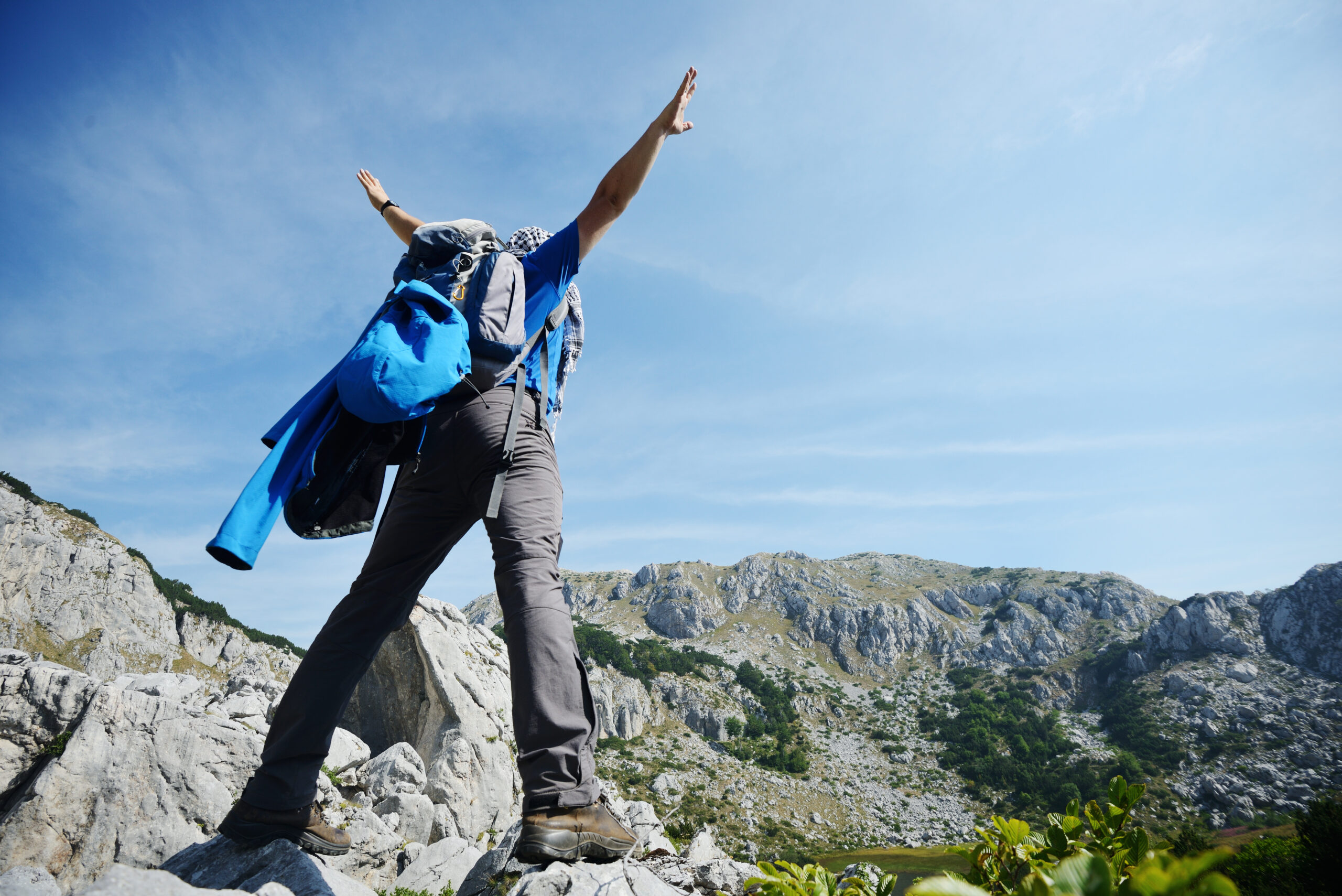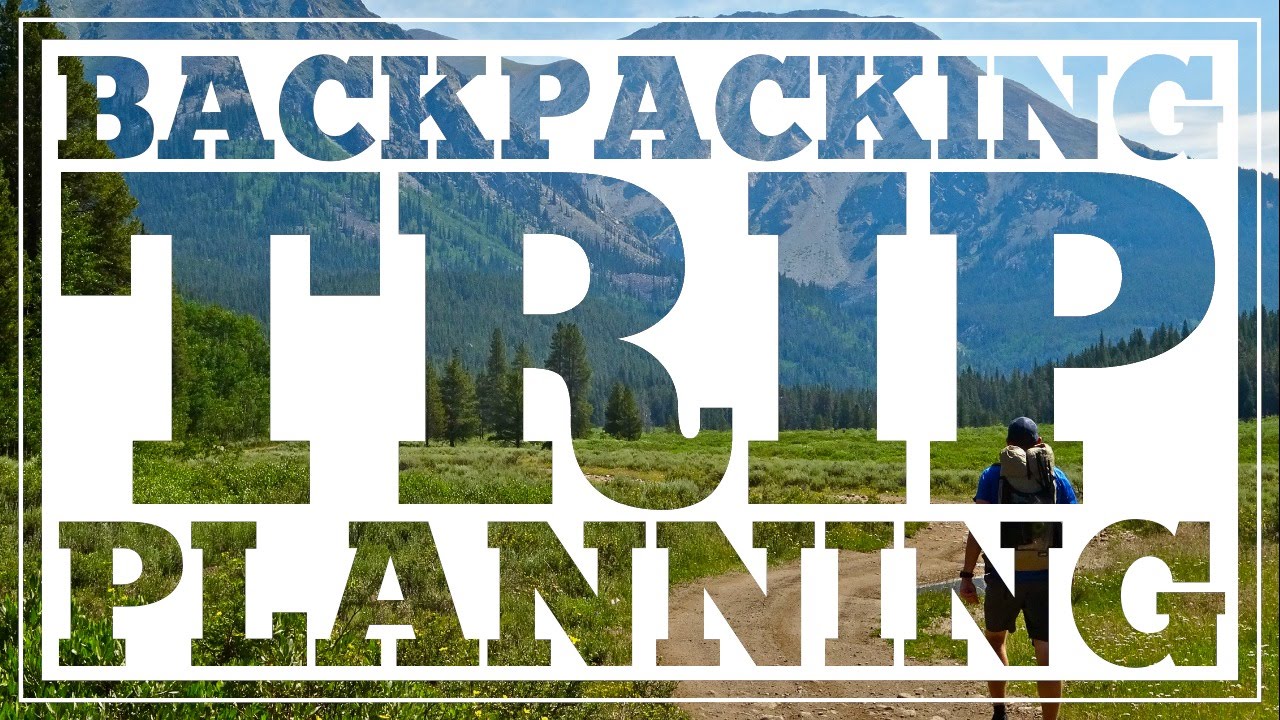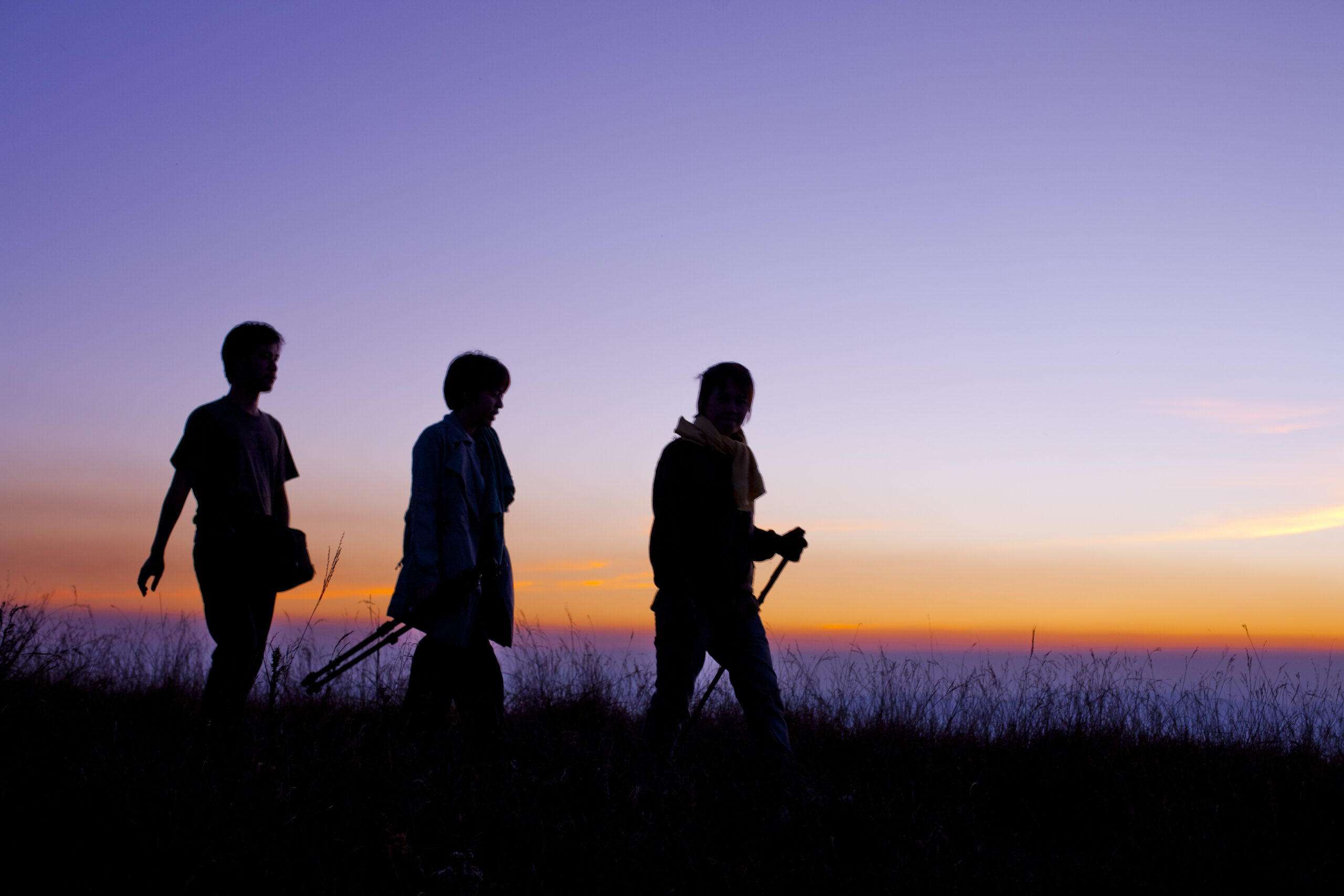Choosing the Right Backpack for Your Adventure
When it comes to backpacking, having a reliable and comfortable backpack is essential. A good backpack can make all the difference between an enjoyable trip and one that’s filled with discomfort and pain. Here are some tips on how to choose the perfect backpack for your adventure:
1. Determine what type of terrain you will be hiking in – this will help you determine the size and shape of the backpack you need. For example, if you plan on doing a lot of climbing or steep inclines, a smaller pack with a more streamlined design may be better suited for you. If you’re planning on carrying a lot of gear or camping equipment, a larger pack would be ideal.
2. Consider the weight capacity of the backpack – you want to make sure that the backpack you choose can handle the load you plan on putting into it. Generally speaking, most backpacks have a weight limit of around 30-50 pounds. Make sure to check the weight limit of any backpack before purchasing it.
3. Think about the features you need – there are many different types of backpacks available today, each with their own unique set of features. Some popular features include hydration systems, built-in rain covers, and adjustable suspension systems. Choose the features that are important to you based on your needs and preferences.
4. Try on multiple backpacks – when choosing a backpack, fit is everything. You should try on several different sizes and styles until you find one that fits comfortably and securely on your body. The shoulder straps should sit flat against your shoulders without digging in, and the hip belt should feel snug but not uncomfortable.
Essential Gear for Backpacking Trips
Once you’ve chosen the right backpack for your adventure, it’s time to start thinking about the gear you’ll need to bring along. Here are some essentials that every backpacker should consider:
1. Tent/Shelter – depending on where you’re going and the weather conditions, you may need a tent or other form of shelter to protect yourself from the elements. Look for something lightweight and easy to set up.
2. Sleeping Bag – whether you’re camping out under the stars or staying in a hostel, a warm sleeping bag is essential for keeping you comfortable at night. Opt for one that’s lightweight and compressible.
3. Water Bottles/Hydration System – staying hydrated while hiking is crucial. Bring enough water bottles or invest in a hydration system like a bladder or filter to ensure you always have access to clean drinking water.
4. Food – meal planning is key when backpacking. Pack lightweight, non-perishable foods that are high in protein and calories. Energy bars, trail mix, and dehydrated meals are great options.
5. Navigation Tools – getting lost in the wilderness can be dangerous. Always bring a map, compass, and GPS device to help you navigate your route.
6. First Aid Kit – accidents happen. Be prepared by bringing a well-stocked first aid kit complete with bandages, antiseptic, and pain relievers.
Route Planning 101: How to Plan a Successful Backpacking Trip
Planning a successful backpacking trip requires careful consideration of several factors. Here are some steps to follow when planning your route:
1. Research the area – learn as much as possible about the location you’ll be visiting including the terrain, weather patterns, and potential hazards. This information will help you prepare accordingly.
2. Decide on your route – once you know the lay of the land, decide on which trails and campsites you want to visit. Make sure they’re suitable for your skill level and experience.
3. Check permits and regulations – certain areas require permits to hike or camp. Make sure to research these requirements ahead of time so you don’t run into any issues during your trip.
4. Prepare your gear – now that you know where you’re going and what you’ll need, take inventory of your gear and make sure everything is in working order. Replace anything that’s damaged or missing.
5. Test your gear – before embarking on your journey, test your gear by taking a practice hike or two. This will give you a chance to see how everything works together and identify any issues early on.
Budgeting and Saving Money While Backpacking
Backpacking can be expensive, especially if you’re traveling long distances or staying in costly accommodations. Here are some ways to save money while still enjoying your trip:
1. Camp instead of staying in hotels – camping is often cheaper than staying in hotels or hostels, plus it allows you to immerse yourself in nature.
2. Cook your own meals – eating out can quickly add up. Instead, cook your own meals using lightweight, non-perishable ingredients.
3. Use public transportation – taxis and rental cars can be pricey. Take advantage of buses, trains, and subways to get around town.
4. Stay in budget accommodations – hostels, guest houses, and Airbnb rentals can offer affordable lodging options that won’t break the bank.
5. Shop locally – buying souvenirs and supplies from local vendors can support the community and keep costs down.





